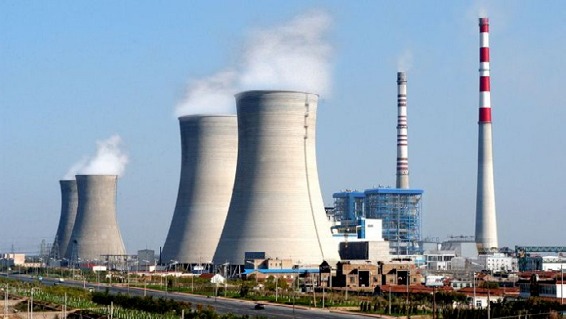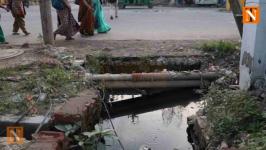Koradi Power Units Set to Introduce FGDs for SO2 Emission Reduction

Flue Gas Desulfurization (FGD) installation in the Koradi Power units. This technology is balanced to shorten the emission of sulphur dioxide (SO2) from the power plant. After a 13-year delay, Maha Genco is now initiating the installation of flue gas desulphurizers (FGDs) on the Koradi thermal units. Inside sources at the company have revealed that the tender process has been finalized, with only the green light from the company's board to issue work orders. The board meeting is expected to occur in the upcoming month.
The primary purpose of FGDs is to release sulphur dioxide, as gaseous emission from power plants. This move was necessitated by a directive from the Ministry of Environment, Forest and Climate Change (MoEFCC) back in 2010. The directive was issued to Maha Genco as a precondition for receiving environmental clearance for three new 660 MW units at Koradi. However, for a span of time, Maha Genco overlooked this mandate. It wasn't until the Pune bench of the National Green Tribunal interfered, criticising the company, that it began the process of appealing tenders for FGDs. Nevertheless, the tendering process faced setbacks, being cancelled two to three times due to connections with Chinese companies among other reasons.
The MoEFCC highlighted that sulphur dioxide (SO2) levels in the vicinity of Koradi were considerably higher ranging from seven to fourteen times beyond permissible limits. Despite this alarming data, Maha Genco did not accelerate the FGD tender process. The FGD technology functions by absorbing SO2 from power plant emissions, thus reducing the gas concentration in the surrounding area. Notably, elevated levels of SO2 contribute to the occurrence of acid rain near the power plant location.
Experts in the field have projected that once the work order is issued, it will take approximately two years to finalize the installation of FGDs. Consequently, even if all activities proceed according to plan, the power units will not be operational before the conclusion of 2025.



-t-thumb.jpeg)





-t-thumb.jpeg)

-t-thumb.jpeg)
-t-thumb.jpeg)